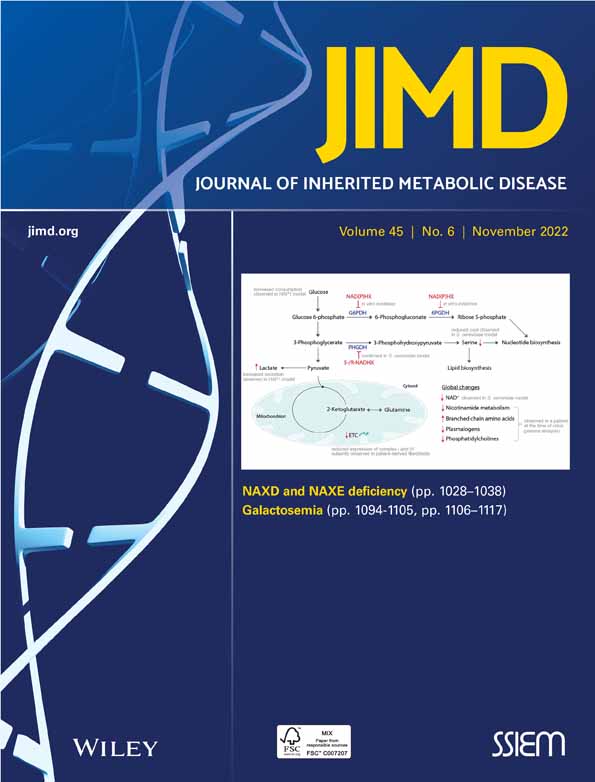Development and validation of diagnostic algorithms for the laboratory diagnosis of porphyrias
Abstract
Porphyrias are rare metabolic disorders of the haem synthesis. They can present with acute neurovisceral attacks, cutaneous symptoms, or a combination of both. As they present with a wide variety of clinical symptoms, diagnosis is often delayed and correct interpretation of porphyria-related tests remains a challenge for many physicians. We developed and validated two algorithms for the laboratory diagnosis of porphyrias based on presenting symptoms. Based on a literature search and clinical/laboratory expertise, we developed algorithms for acute and cutaneous porphyrias. We validated these algorithms using all porphyria related laboratory test requests between January 1st 2000 and September 30th 2020 in UZ Leuven. In addition, we also evaluated our algorithm using samples from the European porphyria network (EPNET) external quality assessment scheme (2010–2021). Sensitivity of the algorithm for acute porphyria was 100.0% [74.9%–100.0%] (13 acute intermittent porphyria (AIP) and 1 variegate porphyria [VP]) with a specificity of 98.5% [91.0%–100.0%] (65 patients). Sensitivity of the algorithm for cutaneous porphyria was 100% [95.1%–100.0%] (7 VP, 59 porphyria cutanea tarda (PCT), 23 erythropoietic protoporphyria (EPP), 2 X-linked erythropoietic protoporphyria [XLEPP]) with a specificity of 93.9% [82.9%–98.5%]. There were no diagnostic samples of other types of porphyria. The algorithms correctly identified 18 of the 19 EPNET porphyria cases. One of the two hereditary coproporphyria cases was missed. The algorithms for acute and cutaneous porphyria showed high sensitivity and specificity and can be used to aid the clinician in correctly interpreting the laboratory findings of porphyria-related tests.
CONFLICT OF INTEREST
David Cassiman has received speaker fees and consultancy fees from Alnylam. The other authors declare that they have no conflict of interest.
Open Research
DATA AVAILABILITY STATEMENT
The raw data of this retrospective study are not publicly available due to ethical restrictions. The raw data of individual participants contain information that could compromise the privacy of participants.




